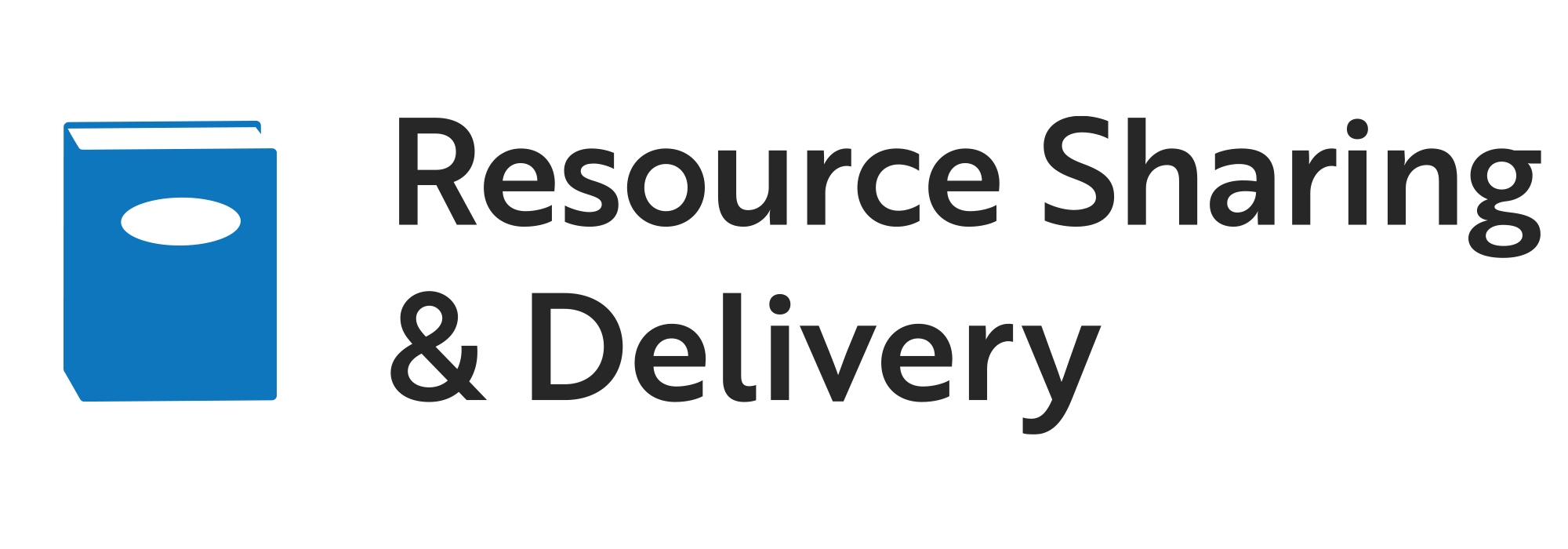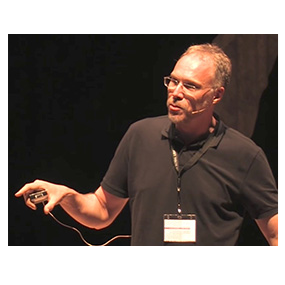Quick Summary
Controlled Digital Lending (CDL) allows libraries to replicate the right to lend their legally acquired items in a digital format to patrons under “controlled” conditions, meaning a library can lend only the number of copies of a specific title that it owns and that controls are implemented to prevent copying or distribution of the work. The comment period closes April 21.

If your library is already providing some type of CDL, or is at all interested in CDL, I highly recommend that you read this document (PDF, 61 pages) and comment on it. The document has a strong focus on library needs, and we hope this will be a useful guidelines to future implementation. You must submit your comments no later than April 21.
Text courtesy of NISO.
Libraries often need to lend digital surrogates of print content from their collections for various reasons, including when access to physical collections is disrupted, such as in the COVID-19 pandemic or where a natural disaster occurs, or when the physical item is too fragile to circulate. Controlled Digital Lending (CDL) allows libraries to replicate the right to lend their legally acquired items in a digital format to patrons under “controlled” conditions, meaning a library can lend only the number of copies of a specific title that it owns and that controls are implemented to prevent copying or distribution of the work. The process of implementing CDL can be quite complex and must take into account various scenarios and systems requirements.
Supported by a grant from the Andrew W. Mellon Foundation and formed in 2022, the NISO IS-CDL working group has completed an outline of the technical and functional processes necessary for libraries to interoperably implement CDL in a variety of situations. Its draft Recommended Practice includes four distinct architectural models covering both CDL within a single institution as well as shared CDL infrastructure: 1) Standalone CDL system, 2) Integrated Institution-based System, 3) Shared CDL Infrastructure/Integrated Consortium-based System, and 4) Distributed/Decentralized CDL. These models are described using common attributes, allowing potential adopters to compare and consider practical aspects of how they might be developed or implemented in a local environment. Model-specific recommendations enable readers to better understand system requirements for various types of lending scenarios in an individual library or across a consortium or set of libraries. The document also includes recommendations on cross-model considerations, such as the text conversion practices, use of file formats, accessibility standards, and bibliographic descriptions. Note that legal and copyright questions about CDL are not included in the scope of the working group; libraries are encouraged to consult their legal counsel before implementing a CDL program.
Allen Jones, Working Group Co-Chair and Director of Digital Libraries and Technical Services at The New School, stated, “We hope this Recommended Practice will help libraries as they design digital lending services. This document illustrates the interoperability requirements for CDL system designers to support circulation and interlibrary lending. Feedback from the community will improve the final publication and help us meet the needs of as many organizations as possible.”
"After many months of collaborative work, we are excited to release the draft Recommended Practice to the public for comment,” said Jennie Rose Halperin, Working Group Co-Chair and Director of Library Futures at NYU Law's Engelberg Center on Innovation Law and Policy. “This document contextualizes the many ways that libraries and communities might utilize CDL, with particular attention to stakeholder groups and a comprehensive overview of potential models both at present and in the future. The NISO IS-CDL working group is committed to improving the accessibility of library collections, and this set of practices and norms provides the foundation for the future of library digitization."
“I would like to thank Allen and Jennie and the entire IS-CDL Working Group for their efforts to analyze the landscape and sort and detail the processes described in the draft Recommended Practice,” added Nettie Lagace, NISO Assistant Executive Director. “We invite all members of the information community to review their work and share any feedback.”
The draft Recommended Practice is available through April 21.
About NISO
Based in Baltimore, MD, NISO’s mission is to build knowledge, foster discussion, and advance authoritative standards development through collaboration among the cultural, scholarly, scientific, and professional communities. To fulfill this mission, NISO engages with libraries, publishers, information aggregators, and other organizations that support learning, research, and scholarship through the creation, organization, management, and curation of knowledge. NISO works with intersecting communities of interest and across the entire life cycle of information standards. NISO is a nonprofit association accredited by the American National Standards Institute (ANSI). For more information, visit the NISO website or contact us at nisohq@niso.org.


